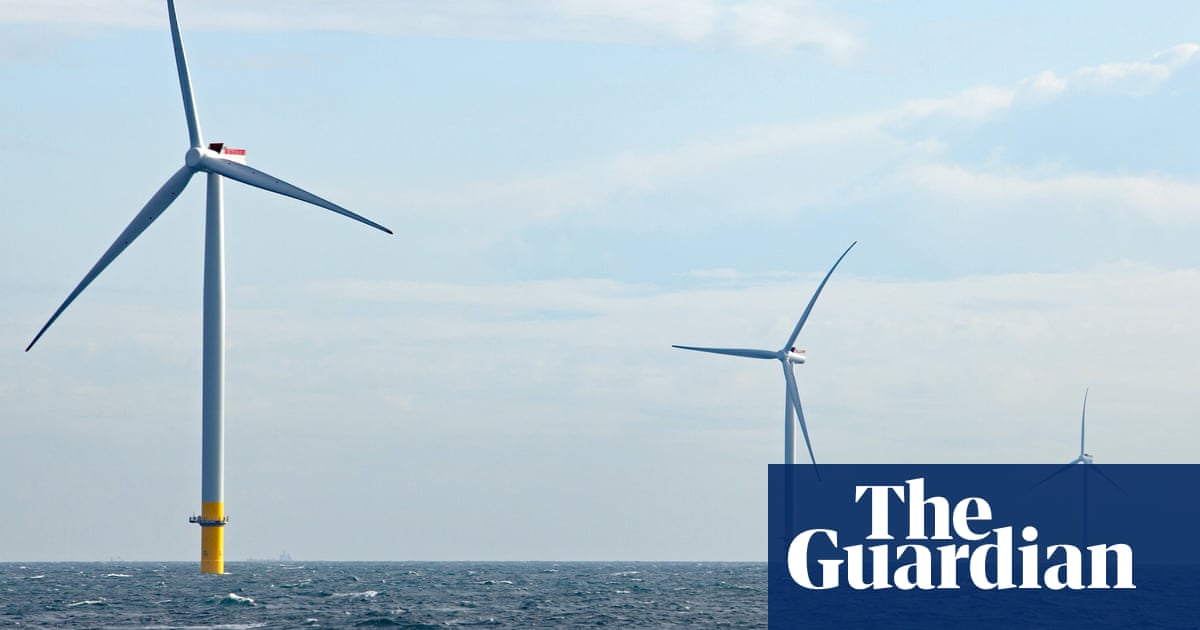One of the UK’s largest planned offshore windfarms has been cancelled by its developer, the Danish wind power company Ørsted, as a result of higher costs and greater risk.
The fourth phase of the hugeHornsea windfarm development, located off the Yorkshire coast, was expected to include 180 giant turbines, capable of generating the equivalent of enough green electricity to power 1m homes.
However, Ørsted’s chief executive, Rasmus Errboe, said in a statement to investors it was discontinuing the development: “The combination of increased supply chain costs, higher interest rates, and increased execution risk have deteriorated the expected value creation of the project.”
As a result, the company expects to incur breakaway costs of between 3.5bn and 4.5bn Danish kroner (£399m-£513m).
The final investment decision for the project was due later this year.
The cancellation marks the latest financial hit for Ørsted, after soaring costs forced it toscrap two major windfarm developmentsoff the north-east coast of the US in late 2023, at a cost of £3bn, cutting hundreds of jobs.
The company, which is majority owned by the Danish government, has previously reined in other plans to expand its offshore wind business amid rising costs facing the global wind power industry.
Developers have been facing increased costs, which were triggered by higher inflation and interest rates, combined with problems in the global offshore wind supply chain.
Ørsted said on Wednesday that the wind industry remained “challenged in the short-term with headwinds relating to supply chain, regulatory, and macroeconomic developments”.
Since taking office in January, the US president, Donald Trump, hasexpressed strong oppositionto offshore wind.
However, Ørsted said the long-term outlook for offshore was “strong due to the increasing global electricity demand, a strengthened focus on energy security and affordability through renewables, and improved framework conditions in several major markets”.
The Hornsea 4 project received the green light from the last government in July 2023. With a capacity of 2.6GW, it was the second-largest windfarm to receive government approval, after the Hornsea 3 project, which has a 2.8GW capacity and is expected to be completed in 2027.
Sign up toBusiness Today
Get set for the working day – we'll point you to all the business news and analysis you need every morning
after newsletter promotion
The first two phases of the Hornsea development are already operational.
Ørsted’s latest project cancellation comes after a turbulent time for the company, which resulted in it implementing a restructuring plan in 2024, while it cancelled dividend payouts to shareholders for the 2023-25 financial years in an attempt to bolster its finances. Its market value has plunged by about 80% since its peak in 2021.
The Hornsea 4 cancellation came as the company reported a first-quarter operating profit that was above expectations.
At the time of its construction, Hornsea 2 was the world’s highest-capacity offshore windfarm. It generates enough energy to power more than 1.4m homes, and covers an area of 178 sq miles.
